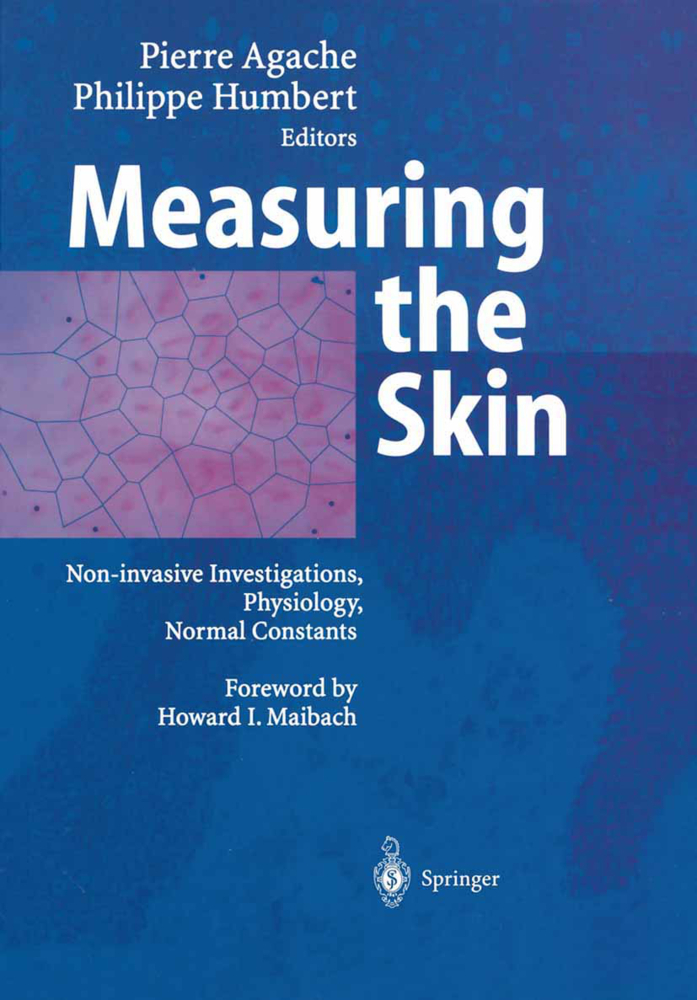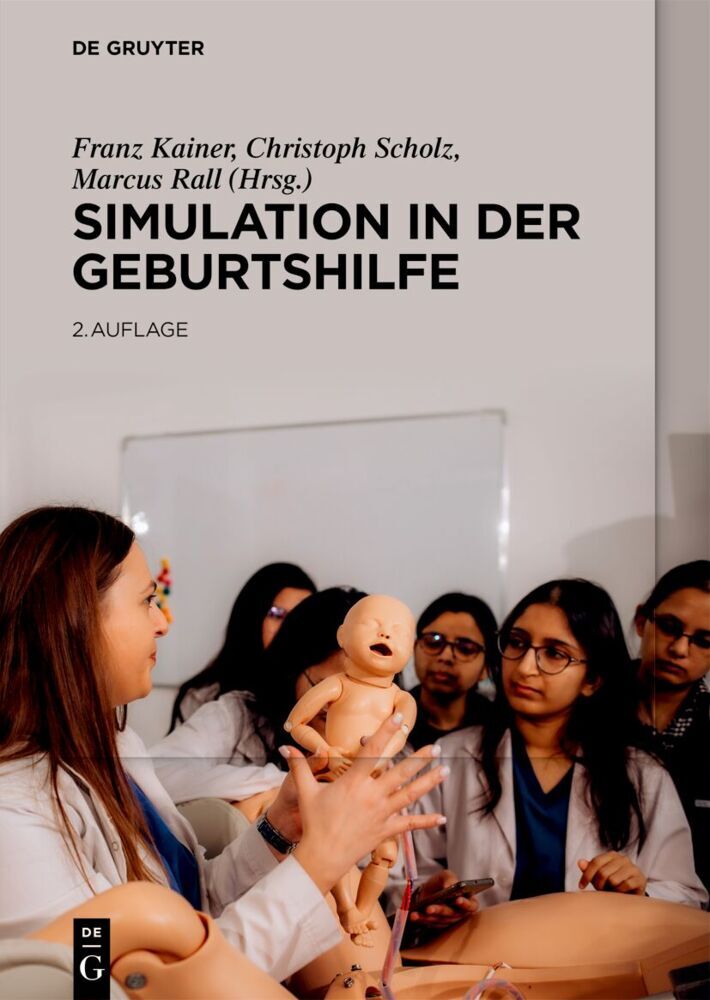Measuring the skin
Measuring the skin
The first aim of this book is to present all techniques devoted to non-invasive normal or diseased skin measurement. As opposed to current books which present novel methods of investigating the skin, it embraces old and new validated techniques, for all skin suborgans and functions. Thus it may be consulted as a small encyclopedia since it provides the answer to any question concerning skin measurement. Each technique is discussed to help select the most appropriate one for each special case. Within each chapter, the meaning of the obtained parameters is highlighted so that the user is able to interpret the results correctly.
The second aim of the book is to base the skin investigation on the physiology and anatomy. Each chapter is preceded by a compendium of current knowledge on the structure or function dealt with. Accordingly, this book is also a manual of skin physiology (21 chapters). There is no recent book on skin physiology - most other books deal with molecular biology. However, the molecular level seems too narrow - the dermatologist, cosmetician, and researcher often need this information on skin physiology as well. Furthermore, the information on the physiology at organ level is essential for understanding in vivo non-invasive investigations of skin.
A third aim of the book is to provide help for research purposes. This book consists of a collection of quantity of numerical data on skin anatomy and physiology. It contains a novel, and presently unique list of more than 400 physical and biological skin constants, either dimensional or functional, which are all referenced.
In addition, this book is also very attractive to clinical dermatologists as some chapters contain valuable maps and are devoted to clinical scoring of current skin diseases.
In summary, this book is a resource for all those interested in or already dealing with the skin. It is an expanded and updated version of a French book published in 2000.
1-The Human Skin: An Overview
2-Measurements: Why and How3-Presentation of the Skin Surface Ecosystem
4-Skin Color Measurement
5-Skin Line Morphology: Tree and Branches
6-Dermoscopy
7-Cyanoacrylate Skin Surface Stripping for Visualizing Stratum Corneum Structures and Dynamics
8-Assessment of Skin Surface Flora
9-Measurement of Skin Surface Acidity
10-Measurement of Skin Surface Wettability
11-Stratum Corneum Histophysiology
12-Metrology of the Stratum Corneum
13-Physical Methods of Measuring Stratum Corneum Water Content in Vivo
14-Stratum Corneum Dynamic Hydration Tests
15-Epidermal Physiology
16-Markers of Epidermal Proliferation and Differentiation
17-In Vivo Confocal Microscopy
18-Carbon Dioxide Transcutaneous Pressure
19-Dermis Connective Tissue Histophysiology
20-High-Frequency Ultrasound of the Skin
21-In Vivo Skin Magnetic Resonance Imaging and Spectroscopy
22-Optical Coherence Tomography
23-Wound Healing Assessment
24-Hair and Hair Follicle Physiology
25-Hair Metrology
26-Sebaceous Physiology
27-Sebaceous Function Assessment
28-Nail Anatomy and Physiology
29-Nail Metrology
30-Eccrine Sweat Glands
31-Apocrine Sweat Glands
32-Sweat Gland Metrology
33-Skin Blood Flow: Histophysiology
34-Photoplethysmography
35-Laser Doppler Velocimetry
36-Epicutaneous Xenon-133 Clearance
37-Epicutaneous Thermal Clearance
38-Thermometry and Remote Thermography
39-Transcutaneous Oxygen Pressure
40-Skin Capillaroscopy
41-Skin Microcirculation: Choosing the Appropriate Method
42-Lymphatic Microcirculation
43-Dermal Lymphatics
44-Subcutis Histophysiology
45-Subcutis Metrology
46-Skin Mechanical Function
47-Mechanical Behavior Assessment
48-Skin Photoprotection Function
49-Phototoxicity, Photoirritation, and Photoallergy Detection and Assessment
50-Photobiological Assessment of Sunscreens
51-Pigmentation Assessment
52-Skin Barrier Function
53-Skin Absorption in Man In Vivo
54-Biological and Pharmacological Tests for the Exploration of Skin Barrier Function
55-Transepidermal Water Loss
56-Assessing the Effects of Fiber-based Materials on Skin
57-Skin Immune System
58-Assessment of Erythema and Pallor
59-Skin Reactivity and Proneness to Irritation
60-Detection and Assessment of Allergy
61-Suction Blisters and Microdialysis
62-Thermal Exchanges in Man
63-Thermophysiological Parameters
64-Functional Assessment of Thermoregulation
65-Skin Sensory Structural Components
66-Skin Sensory Receptors
67-Sensory Function of the Skin
68-Quantitative Neurosensory Exploration
69-Itch Metrology
70-Morphometry ... or Measuring Without a Device
71-Clinical Scoring of Atopic Dermatitis
72-Scoring Psoriasis
73-Scoring Acne Vulgaris
74-Classification of Facial Wrinkling
75-Various Skin Diseases
76-Body Surface Area
77-Blaschko Lines
78-Dermatomes
79-Langer's Lines
80-Main Skin Biological Constants
81-Main Skin Physical Constants
82-Physical, Biological and General Constants
83-Pressure Units
84-Correspondence between International System Units (MKSA) and CGS Units
Appendix: Relevant Books, Present and Past.
Agache, Pierre
Humbert, Philippe
Maibach, H. I.
| ISBN | 978-3-642-05691-8 |
|---|---|
| Artikelnummer | 9783642056918 |
| Medientyp | Buch |
| Copyrightjahr | 2011 |
| Verlag | Springer, Berlin |
| Umfang | XXIII, 784 Seiten |
| Abbildungen | XXIII, 784 p. |
| Sprache | Englisch |










